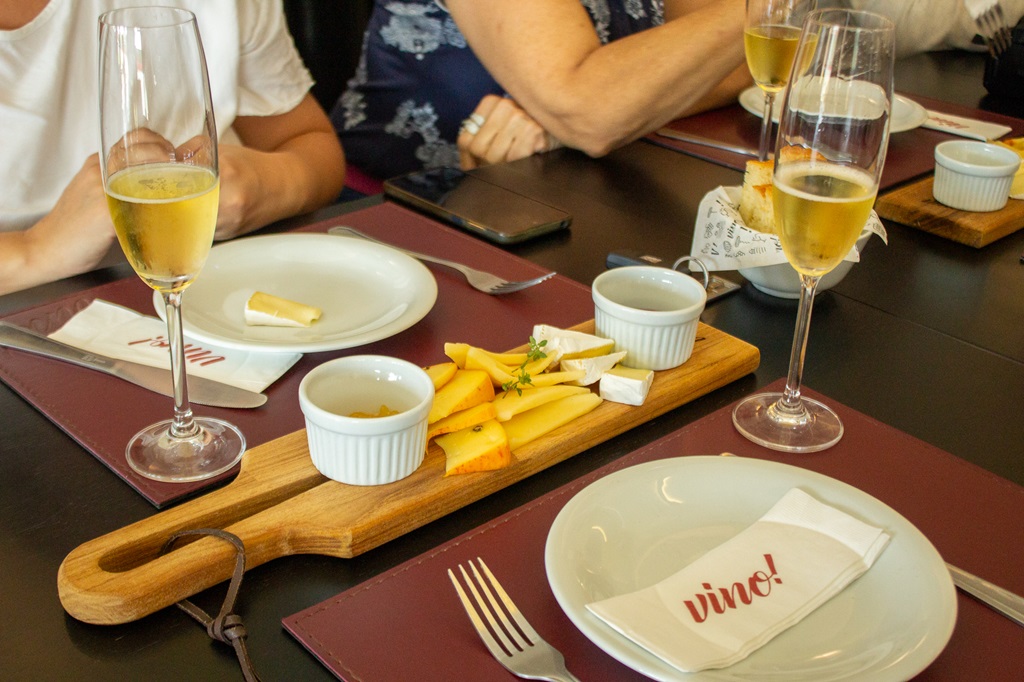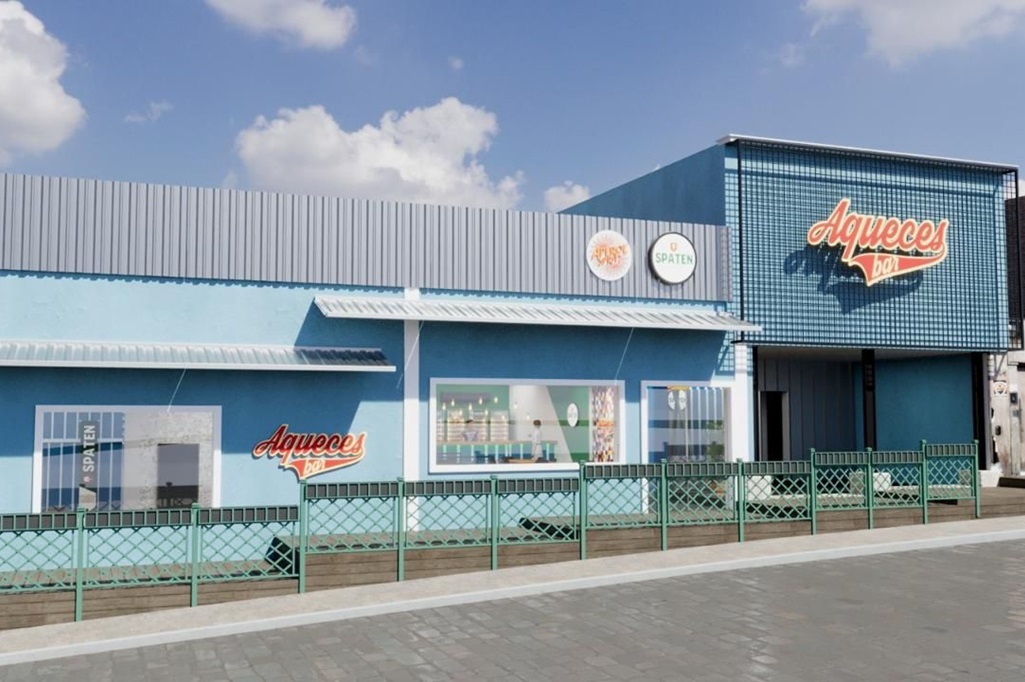O Parque do Japão, em Maringá, que abriga o memorial comemorativo aos 100 anos da imigração japonesa inaugurado pelo príncipe Naruhito no dia 22 de junho de 2008, ocupa uma área de 100 mil m² localizado entre o Parque Itaipu e o Jardim Industrial, na zona
Sul, próximo à saída para Campo Mourão.
Mais que uma homenagem ao povo japonês, a implantação do complexo turístico, esportivo e cultural representa uma retribuição digna à comunidade nikkey que contribuiu para o desenvolvimento de Maringá. Ao lado da sede administrativa e do portal de entrada do parque, o Jardim de Kako remete os visitantes à lembrança das “curvas” do rio que circunda a cidade co-irmã japonesa.
Todas as telhas típicas das edificações têm como matéria-prima lavas vulcânicas petrificadas por meio de altas temperaturas. Elas foram confeccionadas no Japão e doadas pela Prefeitura de Kakogawa. O Parque do Japão também oferece aos visitantes a comodidade da Casa
de Chá, o quiosque que lembra um “grande chapelão” e o imenso gramado do jardim imperial, ornamentado por típicas cerejeiras, lagos com carpas e pequenas cachoeiras.
Japan Park
The Japan Park, in Maringá, that shelters the commemorative memorial to the 100 years of the Japanese immigration inaugurated by the prince Naruhito on June 22, 2008, occupies an area of a hundred thousand square meters between the Itaipu Park and the Industrial Garden, in the south area, close to Campo Mourão’s exit.
More than a homage to the Japanese people, the implantation of the tourist, sporting and cultural complex represents a worthy
retribution to the nikkey community that contributed to the development of Maringá. Beside the administrative head office and the entrance portal of the park, the Garden of Kako sends the visitors to the memory of the river curves that surrounds the co-sister Japanese city.
All the typical tiles of the constructions have as raw material petrified volcanic lavas through high temperatures. They were made in Japan and donated by the City hall of Kakogawa. The Japan Park also offers to the visitors the comfort of the House of Tea, a kiosk that reminds a great hat and the immense lawn of the imperial garden, ornamented by typical cherry trees, lakes with carps and small waterfalls.






